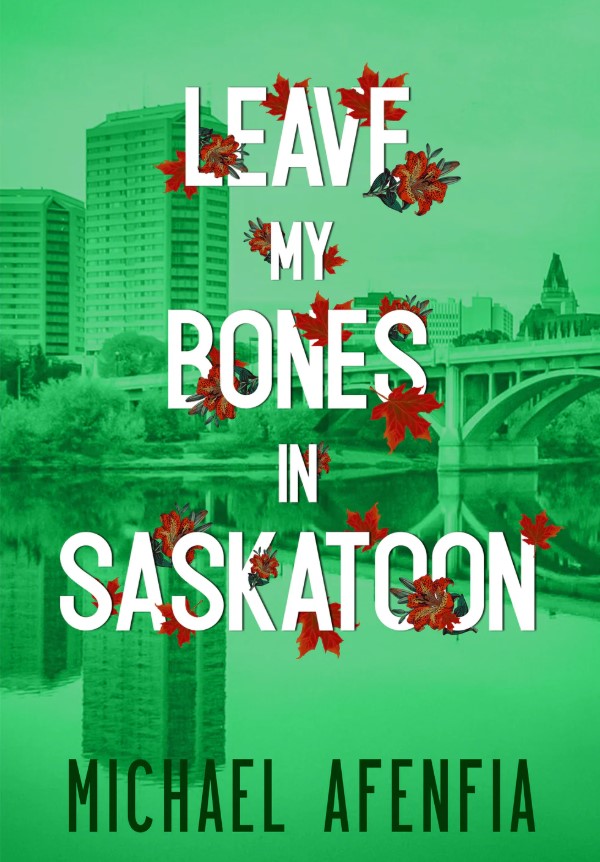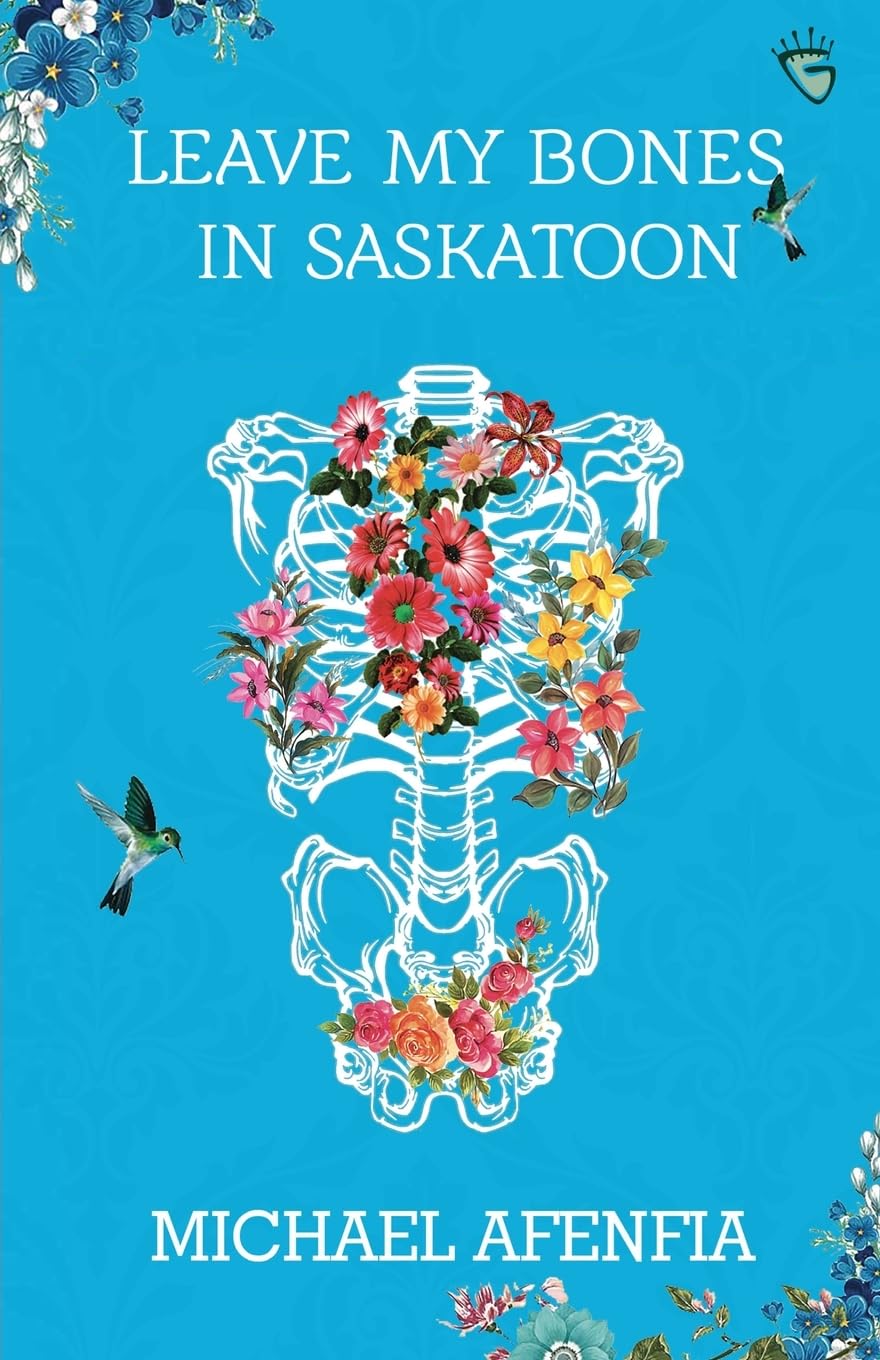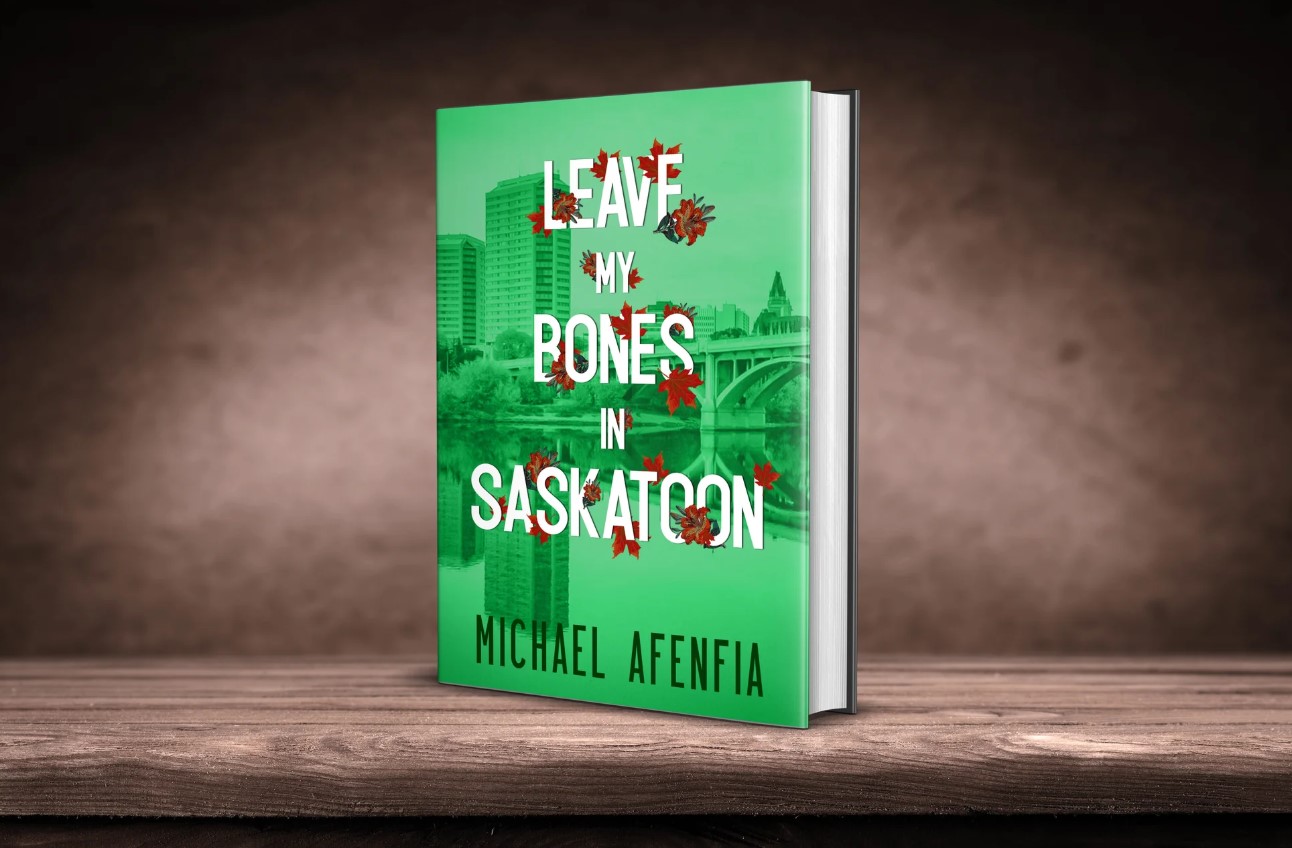For the sake of our reputation as a literary powerhouse, books like Leave My Bones in Saskatoon should not represent the best that this country—so immensely blessed with many great writers—has to offer in literature.
By Chimezie Chika
When I was a first-year student at the university, my lecturer, a fairly renowned professor in literary academia who taught us “Introduction to Prose Fiction”, described art as “a beautiful expression”. This apt and concise description fits precisely into what the French call the “belles lettres”—beautiful writing—which good literature must exhibit and exemplify without fail. We judge literature not just on how well it has handled its subject matter, but also how well it achieves that through the programme of its beautiful, orchestrated language.
There is a reason why we say a “good” writer or a “good” novel; it is because their opposites exist as well; it is also because generations of literary tradition have shown us what makes literature good or bad.
With Leave My Bones in Saskatoon, Michael Afenfia’s 2025 Nigeria Prize for Literature-longlisted novel, I struggled to engage with the story—as important as it is—from the outset, because its language is neither here nor there. So clearly inadequate is it that it fails to carry the novel’s story. You will find neither a unique voice, nor originality of style, nor subtlety of emotional expression—none of the qualities of language that lift a story above the doldrums of mediocrity.

It is not enough to write about the topical or the urgent; if literature is what we believe it is, then no matter what it is saying, it should say it well—it should command our attention, not lull us into soporific languor.
Since the plot is the only part of the novel that seems to work, it is better to get it out of the way first. The story in Afenfia’s Leave My Bones in Saskatoon is, as I have implied earlier, a very important one. It emerges from the pipeline of Nigeria–Canada immigration narratives and the complexities of the unique diaspora experience in the extremely cold regions of Canada’s open prairies.
The novel follows a television journalist, Owoicho Adakole, whose desire to migrate to Canada with his family is beset by numerous obstacles, including death, terrorism in Nigeria’s Middle Belt, inadequate finances, and his subsequent struggles to survive when he finally arrives in the city of Saskatoon, in the Canadian province of Saskatchewan.
If you already see potential in such a plot, allow me to state categorically that much of this novel consists of 270 pages of prolonged exposition, over-explained writing, and far too much telling rather than showing. The problem with this book lies in the inability of Afenfia’s bland prose to rise above a numbing average.
On the first issue: Leave My Bones in Saskatoon begins with Owoicho collecting his family’s visas from Canadian embassy agents, but Canada does not appear until halfway through the book. The reason this does not work well is attributable to the novel’s other faults.
One of the joys of fiction is the writer’s ability to draw the reader into the story and its world through the flavour of the writing, the voice, the evocativeness of its setting, and the full gamut of language resources that create immediate interest. Afenfia’s prose is not only slow-paced; it dwells entirely on the law of averages—never surprising, never risky, never unearthing new insights or emotions in ways that touch something primal in the reader. Where is the innate propulsion in this thoroughgoing piece of lifeless writing?
Much of Afenfia’s characterisation is delivered as though the people in the book are mere passers-by rather than real and integral individuals in the story. The immense technical handicaps here do a great disservice to the book’s characters. Owoicho, the novel’s most developed figure, could have been one of Nigeria’s most memorable fictional creations—a veritable epitome of the nation’s Japa phenomenon—had the writer delivered at the level one had hoped. Which is to say, the missed opportunities in Leave My Bones in Saskatoon are too mammoth to enumerate.
Reading this book is a lesson in understanding the importance of literature as art, as a beautiful expression. It will be a sad day for literature if writers no longer find unique ways and the right language to tell their stories. Luckily, this is not the case for the most part. In Afenfia’s case, however, it certainly is.
So much of Leave My Bones in Saskatoon is clichéd, emotionless, and stationary storytelling. The novel lacks any real drama and intrigue, even when the need for it abounds in the novel. And this lack is not because of some daring experiment by the author; far from it, we are more often than not treated to glossed-over tellings in highly potential dramatic situations. A classic example appears early in page 22.
The prose here is so unsalvageably mediocre that to give all the examples would be to make an already unpleasant job even more unpleasant for this reviewer. It is a near-incredible feat to achieve, but somebody did achieve it. Page 64, for instance, takes this problem to new heights.

Even then, the writer assumes a lot on the readers’ behalf and leaves a lot of emotions (where they do appear), actions, and inactions, poorly justified or unjustified. One issue is the questionable choice of which scenes to amplify and which to merely allude to (and, truthfully, I never thought I would say this about a book).
Afenfia’s ability to ignore perfectly dramatic situations, and his inability to explore potentially profound emotional channels, never ceases to astonish; whether it is Ene’s grievance against her friend, Bimpe, and how that quarrel was settled; the accident that led to Ene’s demise; Ochanya’s adolescent tantrums; or, most surprising of all, the poor treatment of Owoicho’s reaction to the loss of most of his family.
An example of this—a live attack scene by notorious bandits, narrated passively—that gave me visions of defenestrating books is worth reproducing here:
Odoo was the first one they got. He must have died instantly from the barrage of bullets aimed at him. Inalegwu was also killed in the car. By the time they were done shooting at him, there was no head on his body. The twins were dragged into the bush and butchered like cows to be sold in the market.
Ene saw it all. She kept wondering what she did to them to make them so angry at her and her children. If she could, she would have asked them why they kept her alive to witness the gruesome massacre of her children. She died reciting Psalm 23 and wishing she had told Owoicho about the money (31).
It is hard to believe this is meant to depict something happening in the moment, especially as it is from the point of view of those being attacked. Where is the action and reaction, the urgent dialogue, the nuanced description? Instead, we are given something that reads like a news summary. We are not being shown the scene; we are being told about it. The effect of the whole, by the time one gets to this point, is that a violent scene that should evoke strong emotions leaves you feeling nothing.
For a novel about such varying geographical locations, there is very little description of environment or place—again, not because of some innovative sleight of hand, like you may see, say, in Beckett.
In Leave My Bones in Saskatoon, a house is simply a house; we learn little else and are given no details about what is in it. Places—Abuja, Makurdi, Saskatoon—have the same perfunctory feel: no atmospheric description of the ecology or cityscape. Places are mentioned in name only, never memorably etched. We do not get the strong ambiance or sense of place that careful use of detail gives in fiction or, in short, any writing worth its weight.
The contrivance of dialogue in Leave My Bones in Saskatoon is, on one hand, in the dross of unnecessary verbal and adverbial qualifications—he “replied”, she “teased”, he “said honestly” (thankfully, not all are so qualified)—which is to say that quality description is neglected for mere minimal-effort telling. On the other hand, the dialogue is forced to carry the weight of mechanically filling in background—not narrating, not dissecting—historical/cultural facts.

I do not know this author, which makes it all the more rueful that I have only now encountered his work through this book. I will, to that end, hasten to end this piece, the distasteful vitriol it has (against my wishes) already become notwithstanding. But let us make no mistake: what we have here is a potentially great story, good material for a fine tale that was, alas, botched by something deeper than mere surface analysis could excavate.
The problem with this book is not grammar or publication issues (it has none of those minor scruples); it is simply a matter of an author who lacks the capacity and gravitas of a novelist. I could never shake off the feeling that the disease afflicting this majorly lifeless tree—and it must be said, subsequent reactions notwithstanding—stems directly from its unstable roots, not its sturdy, green-leafed branches.
The crucial question is the justification for placing it on a national pedestal of prestige in 2025. For the sake of our reputation as a literary powerhouse, books like this should not represent the best that this country—so immensely blessed with many great writers—has to offer in literature.
Chimezie Chika is a staff writer at Afrocritik. His short stories and essays have appeared in or forthcoming from, amongst other places, The Weganda Review, The Republic, Terrain.org, Isele Magazine, Lolwe, Fahmidan Journal, Efiko Magazine, Dappled Things, and Channel Magazine. He is the fiction editor of Ngiga Review. His interests range from culture, history, to art, literature, and the environment. You can find him on X @chimeziechika1
Cover image credit: Books and More Bookshop




